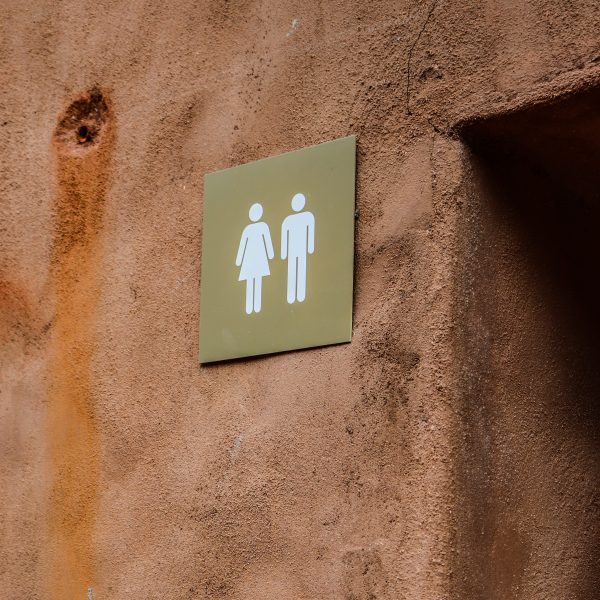The gender pay gap impacts women’s superannuation too – is the gap closing?

New research from Monash University has identified fresh evidence of how the ‘gender pay gap’ begins from the first days of employment, and ends with a deficit of more than $80,000 in losses by the end of a career. For the early childhood education and care (ECEC) sector, this news is especially pertinent, with 97 per cent of the workforce being female, and with increased attention being placed on addressing the low rates of pay within the sector, which many identify as a core reason for the high staff turnover in this space.
Dr Carly Mouland from the Monash University Department of Accounting says the results provide an explanation of why women persistently fall behind men when it comes to superannuation savings and therefore rely heavily on the age pension in retirement.
“Gender-based differences in labour force participation, the presence of dependent children, and other caring responsibilities impact on women’s ability to access waged work more than men. Women are also more likely to be employed part-time and work fewer hours,” Dr Moulang said.
The comprehensive study used administrative data from Mercer Australia to examine superannuation accumulation trends across a 10-year period from 2002-2012, allowing researchers to track specific people during this period to estimate the cumulative effects on their individual retirement savings. The age cohorts tracked were early career (24-26 years of age), mid-career (34-36 years of age) and late career (44-46 years of age).
Dr Moulang said what the data revealed was “most alarming” – in 2002, comparing the retirement balance of men and women, the youngest cohort had an average gender gap of $1,142 in superannuation savings, while the oldest group had a gap of $21,889.
When the groups were measured again in 2011-12, the gap had widened to $18,608 and $81,769 respectively.
“We found that the young cohorts experienced more gaps in their contributions as they are more likely to be establishing their family around this time, where the more stable 44-46 year olds did not have as many gaps,” Dr Moulang said.
Women who are 24-26 years of age are generally working in one of their first professional roles, with graduate employment rates for women being high, but with salaries lower than their male counterparts. This, Dr Moulang said, can have a significant long-term impact on women’s superannuation balances “from which they cannot recover”.
A potential solution to the ongoing gender-based “fiscal discrimination” researchers said, “is to continue paying women’s superannuation contributions during employment gaps, like maternity leave”.
The study provides “clear evidence of the Australian labour market, generating a statistically significant economic disadvantage for women over time,” Dr Moulang said.
Researchers noted that much of the recent response to gender inequalities in pension savings has been to tell women to save more – a response the researchers described as “inadequate”, saying it will not bring the gap revealed in the research.
They suggested, instead, that the continuation of contribution payments during this time would mean that women experience less gaps in their accumulation. This would help women, at least to some extent, become more on par with men as they access their retirement funds.
The research was a collaboration between representatives from the University of Western Australia, the University of Warwick, UK, and Monash Business School.
Popular

Quality
Practice
Research
Crayola Creativity Week 2026 launches as research highlights strong link between creativity and confidence
2026-01-06 07:00:35
by Contributed Content

Research
New study finds social dominance preferences emerge in early childhood
2026-01-06 07:30:50
by Fiona Alston

Workforce
Events News
Practice
Provider
Quality
Research
Mary MacKillop Announced as Finalist for FIA 2026 Best Transformational Gift Award
2026-01-06 06:30:50
by Fiona Alston














